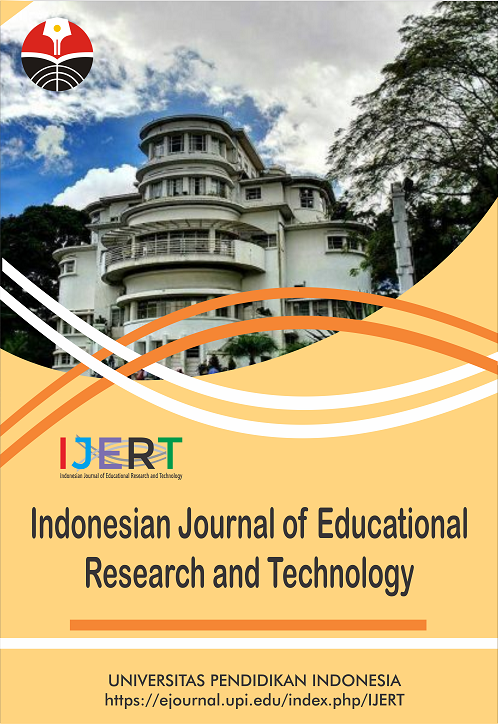A Study of Consumer Satisfaction Towards E-Banking Facilities Provided by Private Sector Banks with The Reference Vita City and Its Correlation with The Level of Education
Abstract
Keywords
Full Text:
PDFReferences
Banu, A. M., Mohamed, N. S., and Parayitam, S. (2019). Online banking and customer satisfaction: evidence from India. Asia-Pacific Journal of Management Research and Innovation, 15(1-2), 68-80.
Belás, J., and Gabčová, L. (2016). The relationship among customer satisfaction, loyalty and financial performance of commercial banks. E+ M Ekonomie a Management, 19(1), 132-147.
Cherukur, M. R. B., and Ruby, M. S. (2020). Study on electronic banking towards customer satisfaction. Journal of Contemporary Issues in Business and Government, 26(2), 938.
Hammoud, J., Bizri, R. M., and El Baba, I. (2018). The impact of e-banking service quality on customer satisfaction: Evidence from the Lebanese banking sector. Sage Open, 8(3), 2158244018790633.
Kallanmarthodi, G., and Vaithiyanathan, M. (2012). Assessment of a modified technology acceptance model among e-banking customers in Coimbatore city. International Journal of Innovation, Management and Technology, 3(2), 181.
Kaur, N., and Kiran, R. (2015). E-banking service quality and customer loyalty: Changing dynamics of public, private and foreign bank consumers in India. Global Business and Management Research, 7(1), 74.
Khatri, J. R., and Upadhyaya-Dhungel, K. (2013). Internet banking in Nepal: Use and challenges. Banking Journal, 3(2), 57-77.
Ling, G. M., Fern, Y. S., Boon, L. K., and Huat, T. S. (2016). Understanding customer satisfaction of internet banking: A case study in Malacca. Procedia Economics and Finance, 37, 80-85.
Machogu, A. M., and Okiko, L. (2015). E-banking complexities and the perpetual effect on customer satisfaction in Rwandan commercial banking industry: Gender as a moderating factor. Journal of Internet Banking and Commerce, 20(3), 1-3.
Moraru, A. D., and Duhnea, C. (2018). E-banking and customer satisfaction with banking services. Strategic Management, 23(3), 3-9.
Rahi, S. (2015). Moderating role of brand image with relation to internet banking and customer loyalty: A case of branchless banking. Journal of Internet Banking and Commerce, 20(3), 1-3.
Rajasekhar, B. (2022). A study on the effects of e-banking service factors on customer satisfaction. EPRA International Journal of Multidisciplinary Research (IJMR), 8(1), 5-10.
Savitha, V., and Das, S. R. (2021). Customer perception towards e-banking services: a study with reference to SBI Bank, Mandya City. International Journal of Recent Advances in Multidisciplinary Topics, 2(10), 159-162.
Zeinalizadeh, N., Shojaie, A. A., and Shariatmadari, M. (2015). Modeling and analysis of bank customer satisfaction using neural networks approach. International Journal of Bank Marketing, 33(6), 717-732.
DOI: https://doi.org/10.17509/ijert.v3i2.50081
Refbacks
- There are currently no refbacks.
Copyright (c) 2022 Universitas Pendidikan Indonesia (UPI)

This work is licensed under a Creative Commons Attribution-ShareAlike 4.0 International License.







.png)




